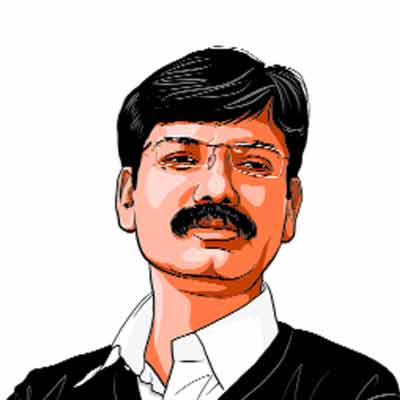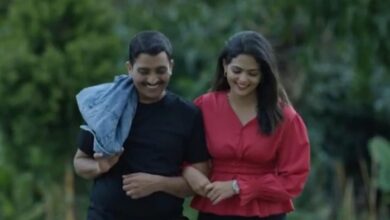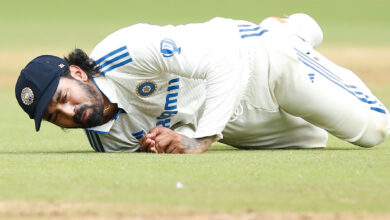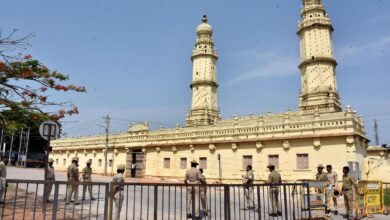Why the Dalit-Buddhist vote is up for grabs in Maharashtra

Castes and communities evolve in several ways, often carrying within them several identities. Yet, our perception of them continues to be hobbled by stereotypes and binaries, especially in discussions around elections. At the grassroots, though, things are more complex.
The assembly election campaign in Maharashtra is in full swing. The contesting political groups are trying to mobilise castes and communities through various micro strategies. In this political contest, the Dalit vote is quite significant. Scheduled Castes (SCs) in Maharashtra, who comprise 12 per cent of the state’s population, are often viewed as a homogeneous category vis-a-vis electoral mobilisation. There are, however, several factors that influence their political inclinations including sub-caste, religious sentiment and affiliation, local factors, community connections and what they might gain from one party or another.
Often, among SCs, we see that the most numerous/dominant group is now in competition with the second-largest caste, which allies with the most marginal of the marginalised communities. This process has been observed in multiple elections in the last few years. The debate following the Supreme Court verdict on sub-classification in reservation has also brought to the fore the gap between “visible” and “invisible” Dalit communities in terms of social and political participation.
In Maharashtra, it has been observed for decades that the Mahar and non-Mahar Dalit groups (such as Mangs and Matangs) often take different political positions across the state. In the current instance, this divide may well have sharpened because of the sub-classification issue. While there is no denying the fact that Maha Vikas Aghadi (MVA) and Congress’s plank of the Constitution being in danger and demanding in caste census had wide appeal, the sub-classification issue seems to have dulled this somewhat in the months since the general election.
There is another peculiarity in Dalit mobilisation in Maharashtra – the significant presence of Buddhists (often called neo-Buddhists) among SCs in the state. The movement of conversion to Buddhism began with B R Ambedkar’s conversion after Independence. Over time, the movement has grown and by some estimates, nearly half the Dalit population of Maharashtra is Buddhist. Most of these converts were Mahars, followed by a section of Madigas, Meges, Malas, Mangs and others. Some people from nomadic castes also converted to Buddhism. This group is politically empowered, and can often work as “opinion makers” in the Dalit community.
Simplistic analysis and narratives assume that due to their issue with Hinduism, neo-Buddhists opt for non-BJP political parties and alliances in elections. While this meta-narrative may well hold, we have observed on the ground that neo-Buddhist voters carry multiple, overlapping identities. For instance, as part of the broader Dalit biradari, they often celebrate Hindu festivals with other communities.
These social engagements cannot be walled off from political engagement. The growing Hindu-Buddhist ties may be observed in the demand from Buddhist communities that they be called “Bauddh”, not neo-Buddhist. This new identity may be less harshly critical of Hindutva.
The central government’s recent decision to give Pali – closely associated with Buddhism — classical status has impressed some Buddhist opinion-makers.
Second, since most Dalits are either poor or part of the lower middle class, many of them are beneficiaries of various government schemes. I observed that Direct benefit transfer (DBT) schemes implemented by the Centre — pensions, free ration and “pakka ghar” – have had a strong influence. Alongside the “Dalit Buddhist self”, a slow emergence of the “beneficiary self” is discernible.
Hence, we may find that a section of the Buddhist voters may be changing in terms of their politics. The simple binary – Buddhist vs Hindutva – may lead people to erroneously stereotype the community as “naturally” anti-BJP in the ongoing election.
The writer is director, G B Pant Social Science Institute, Allahabad. He is also the author of Fractured Tales: Invisibles in Indian Democracy. Views are personal









